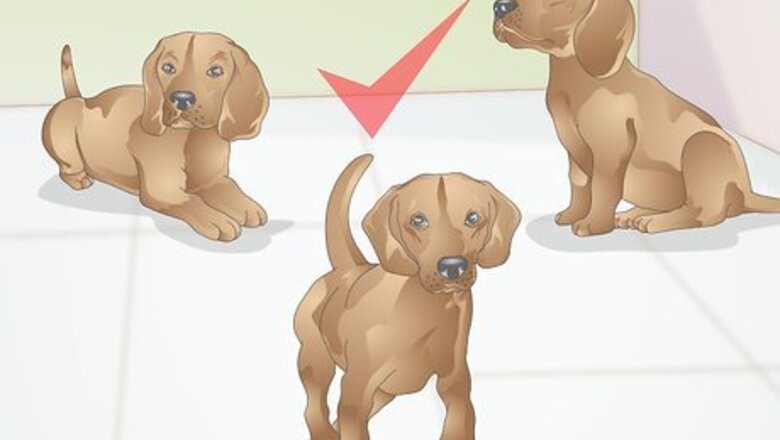
views
Beginning the Training
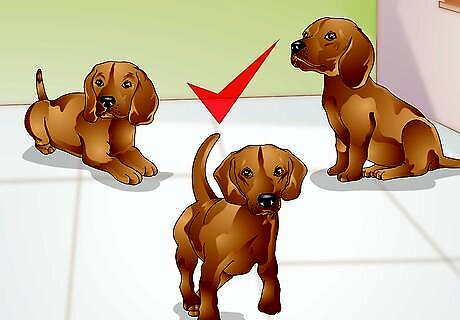
Make sure your dog knows basic commands. If your dog does not know basic commands like sit, down, come, and stay, then it will be very hard to train your dog to bow. Training your dog to bow is a more advanced trick that builds off of your dog’s knowledge of basic commands. If you have never trained your dog before, it will also be much harder for you, the trainer, to train your dog to do more advanced tricks, like bowing.

Obtain a clicker. You can buy a clicker from your local pet supply store or online. You will need to introduce your dog to the clicker before training it with a clicker. When using your clicker, make sure to press the clicker at the moment your dog is performing the desired behavior. Then, reward your dog with a treat afterwards. If you are not familiar with a clicker, learn how to use a clicker here.
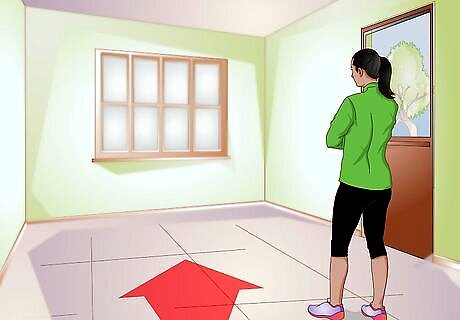
Pick a quiet, non-distracting time. Whenever training your dog, make sure you pick a time where there are no distractions. This way, you and your dog can focus on the task at hand. Try going to a separate room if there are too many distractions, and close the door behind you to ensure that the training session is not interrupted. If you have more than one pet, train them separately. Take one of the dogs to a separate room and close the door.
Training in Steps
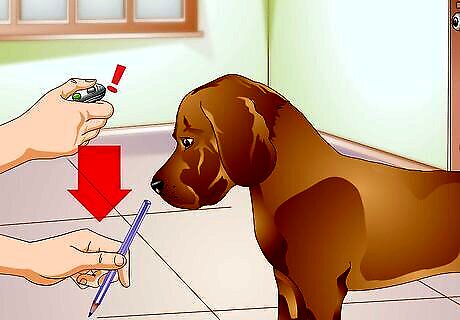
Press the clicker while your dog is dipping its head. While your dog is in a standing position, have your dog dip its head by bringing the pencil or the stick just below its head. As soon as your dog dips its head to sniff the pencil, press the clicker. Repeat this motion three to four times for a minute. Make sure to press the clicker when your dog begins to dip its head, not afterwards. Reward your dog with a treat each time afterwards. If your dog does not respond to the pencil, then use your hand that is holding the treats to guide your dog's head, instead.
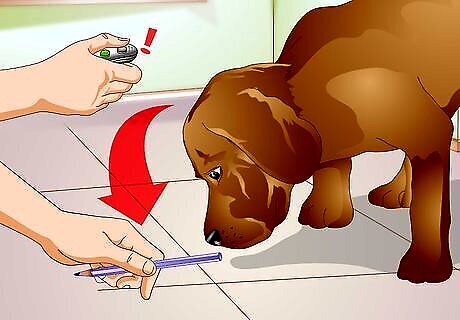
Bring the dog’s head to the floor. Make sure you dog is in standing position, again. This time, bring the pencil closer to the floor and near the dog’s chest. As soon as your dog’s head dips to sniff the pencil, press your clicker. Repeat this step three to four times for a minute. Your dog’s nose should almost be touching the floor at this point. Give your dog a treat each time it successfully completes the movement. If your dog does not respond to the pencil, then use your hand that is holding the treats to bring your dog's head to the floor.

Aim the pencil towards the chest, but behind the legs. This time, the aim is to have your dog’s elbows touch the floor. To do this, aim the pencil towards its chest, but slightly behind its legs. By aiming the pencil slightly behind its legs, the dog will naturally make a “bowing” position. As soon as your dog’s elbows touch the floor, press the clicker. Give the dog a treat each time its elbows touch the floor.
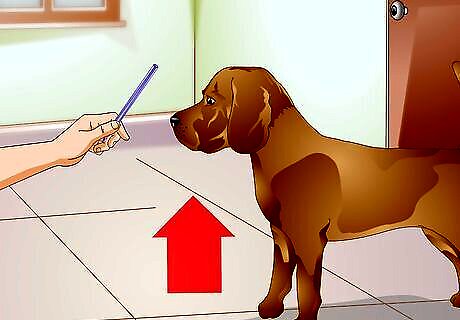
Re-set your dog. If your dog goes into a full down position, by setting his backside on the ground, simply re-set your dog. Re-set your dog by starting it from the standing position again. Do not click or reward the dog while it is in the down position. To discourage the dog from going into a full down position, keep a hand under your dog’s tail or its belly to keep its backside up.
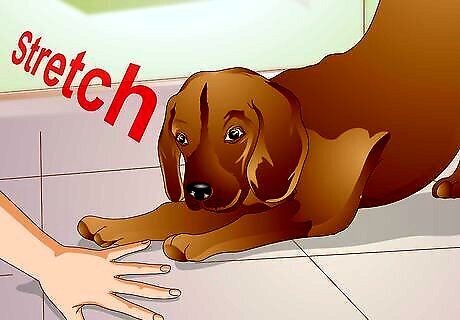
Add a cue. Once your dog has perfected the behavior, add a cue. Because the cue “bow” sounds like the cue “down,” choose a different cue, like “stretch” or “ta-da.” If your dog does not bow with a verbal cue, also use a hand signal, such as an open hand near the floor. Once you use a cue, do not reinforce un-cued responses afterwards. Make sure to use the cue each time.
Getting the Basics Down
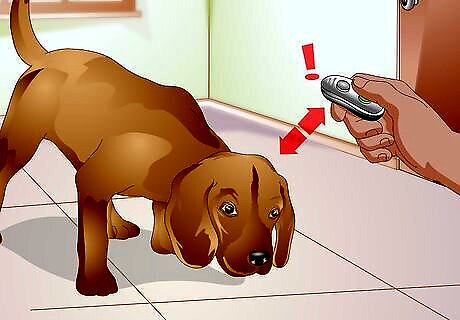
Be aware of timing. When using a clicker, make sure to click during the desired behavior, not after it is completed. Do not worry if your dog stops the behavior when it hears a click. This is because a click ends the behavior. Then, give your dog a treat afterwards.

Keep training sessions short. If practice sessions go on for too long, they become repetitive and boring, and your dog will lose interest or become overwhelmed. Instead, practice in small sessions of four to five minutes each. Fit a few small sessions into your daily routine. For example, practice for five minutes each morning and evening after your dog has eaten and used the restroom.
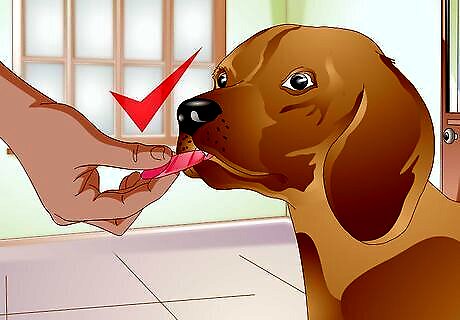
Use tasty, small treats. When training your dog, try to use extra tasty treats to reinforce good behavior, for example, pieces of hot dog, chicken, bacon, or an extra tasty dog treat. Dice the treats into small pieces to prevent your dog from becoming full during the training session. This will also help you keep track of how many times you use the clicker in a minute. To build the duration of the position, withhold the reward a second or two longer each time you and your dog practice.
















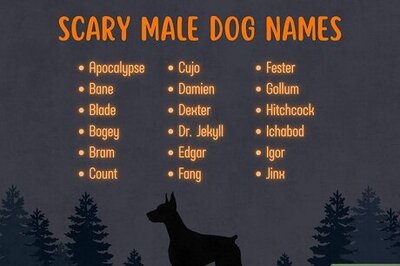

Comments
0 comment